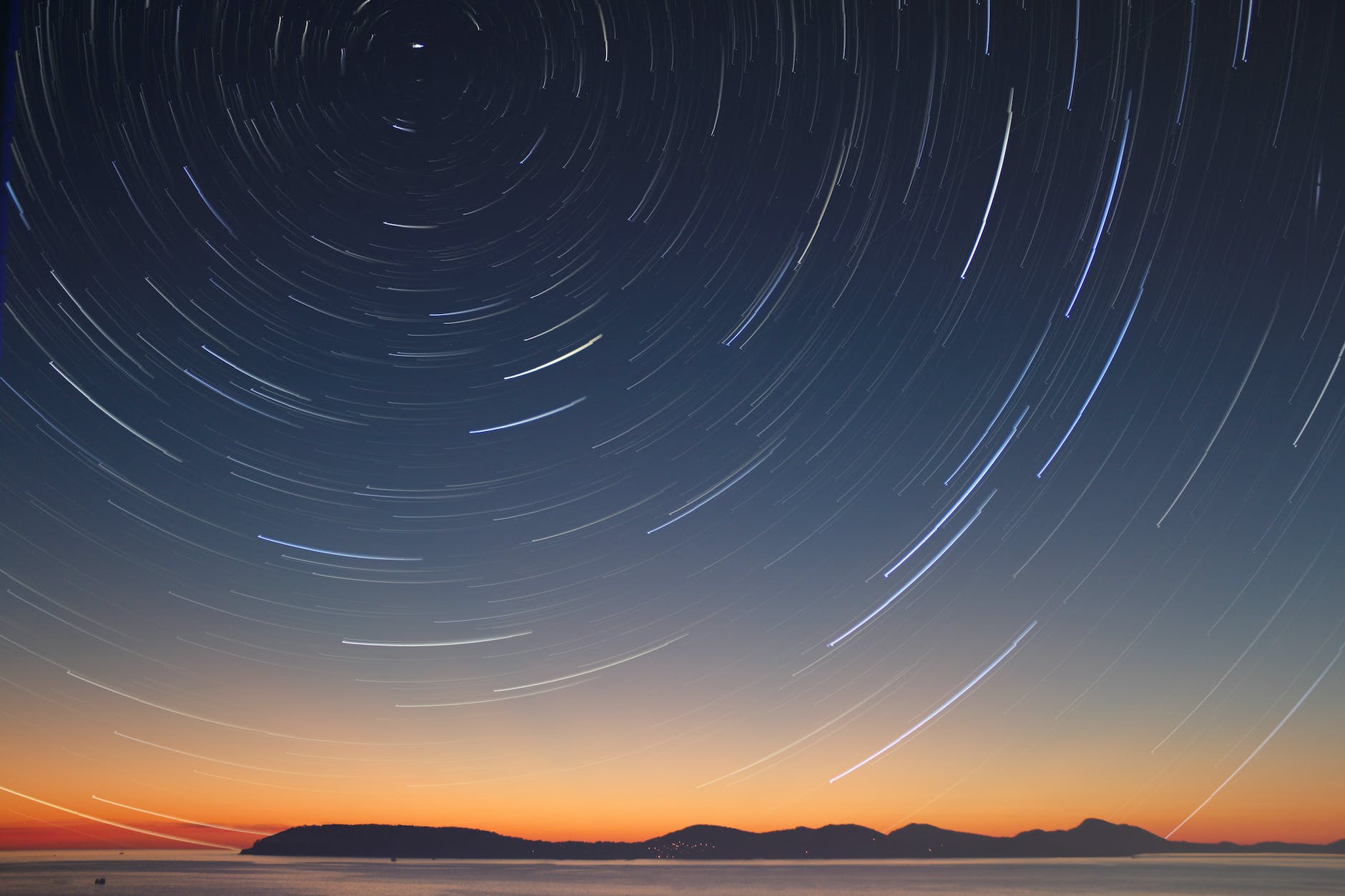January Events
Astronomical occasions 2023, January 2023 is ready to be a improbable month for stargazers, with a number of thrilling astronomical occasions going down. From eclipses to meteor showers, there may be loads of cosmic motion to sit up for. Here are a few of the most noteworthy astronomical occasions of January 2023:
Super Blood Wolf Moon Eclipse
On the night time of January 20-21, the primary total lunar eclipse of the 12 months will happen. During the eclipse, the Moon will flip a deep crimson colour, incomes it the nickname “blood moon”. This eclipse may also be labeled a “super” eclipse as a result of will probably be the closest and largest full Moon of the 12 months.

Quadrantids Meteor Shower
On the night time of January 3, the Quadrantids meteor bathe will probably be lively. It will peak from the early morning of January 4, with the best variety of meteors anticipated round 3:00 am EST. The Quadrantids are the primary main meteor bathe of the 12 months and are recognized for his or her vivid and colourful fireballs.

Uranus at Opposition
On January 18, Uranus will probably be at its closest method to Earth and will probably be seen all night time lengthy. This is the most effective time of 12 months to view Uranus and astronomers ought to be capable of see it with out the necessity for a telescope. It will seem as a blue-green disc within the night time sky.

Jupiter and Saturn Conjunction
On the night of January 28, Jupiter and Saturn will make a detailed method and will probably be seen in the identical space of the sky. This occasion is called a conjunction and is when two or extra celestial objects seem like shut collectively within the sky. This conjunction will probably be seen within the western sky after sundown and would be the closest Jupiter and Saturn have been seen to one another since 1623.
With all of those thrilling astronomical occasions going down in January 2023, will probably be a terrific month for stargazers. All of those occasions will probably be seen to the bare eye, so no telescope is important. Make positive to mark your calendars and prepare to benefit from the cosmic present!

February Events
February 2023 is ready to be a spectacular time for stargazers and astronomy fans alike, with quite a few astronomical occasions going down all through the month. From a uncommon penumbral lunar eclipse to the height of two meteor showers, listed below are the highest astronomical occasions to look out for in February 2023.
Penumbral Lunar Eclipse
On February eleventh, 2023, a penumbral lunar eclipse will happen. During a penumbral eclipse, the Moon passes by the outer fringe of Earth’s shadow, often called the penumbra. This sort of eclipse is far much less dramatic than a total or partial lunar eclipse, and it might be tough to note a distinction within the Moon’s look. The eclipse will probably be seen in Europe, Africa, and components of Asia.

Partial Solar Eclipse
On February twenty sixth, 2023, a partial solar eclipse will happen. During a partial solar eclipse, the Moon covers solely a portion of the Sun’s disc. This sort of eclipse is far much less dramatic than a total solar eclipse, and it might be tough to note a distinction within the Sun’s look. The eclipse will probably be seen in components of South America, spanning from Chile to Argentina.

Quadrantids Meteor Shower
The Quadrantids meteor bathe will peak on the night time of January third/4th, 2023. The Quadrantids are one of the vital intense meteor showers of the 12 months, with as much as 120 meteors per hour seen in ideally suited circumstances. The greatest time to view the bathe will probably be simply earlier than daybreak, when the sky is darkest and the bathe is at its most lively.

Lyrids Meteor Shower
The Lyrids meteor bathe will peak on the night time of April twenty first/twenty second, 2023. The Lyrids are one of many oldest recognized meteor showers, with data of its exercise stretching again to 687 BC. Under ideally suited circumstances, as much as 20 meteors per hour may be seen. The greatest time to view the bathe will probably be simply earlier than daybreak, when the sky is darkest and the bathe is at its most lively.

February 2023 is ready to be a spectacular month for astronomy fans, with quite a few celestial occasions going down. From a uncommon penumbral lunar eclipse to the height of two meteor showers, there will probably be loads of alternatives to get out and benefit from the night time sky.







